The disqualification of Porsche's Antonio Felix da Costa, which denied him victory in the Misano E-Prix yesterday, has created a heated atmosphere between Porsche and the FIA.
Here Race takes an in-depth look at the background and circumstances that led to the disqualification and the ramifications going forward.
Why was da Costa punished?
There are many throttle spring parts in the official parts catalog (about 140 pages long) which is produced and distributed by Spark Racing Technologies (SRT).
SRT has been the official supplier of cars and parts for Formula E racing throughout its history.
When the Gen3 team started in January 2023, SRT did not have enough parts to supply all the teams.
Consequently, some Gen2 parts are included in the Gen3 catalog, among them the Gen2-spec throttle damper spring.
It is understood that the main difference in components is that the Gen2 spring is plated, while the later Gen3 specifications were uncoated, with the former being cheaper.
The second year of the Gen3 regulations (Formula E Season 10) saw the parts issue resolved by Spark, meaning that Gen3 designed parts were finally becoming readily available.
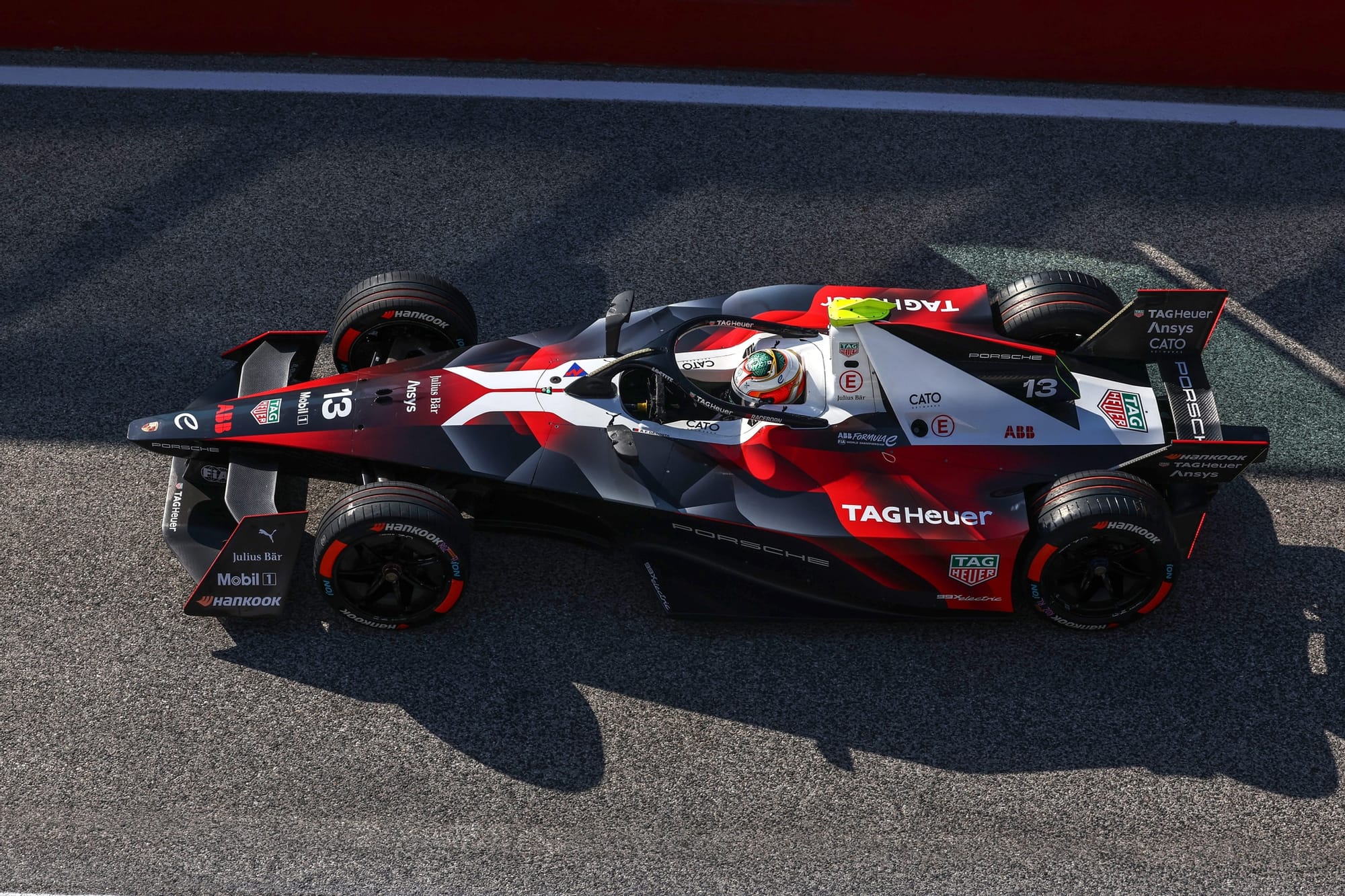
When a new version of the SRT catalog was released, believed to have been between Valencia pre-season testing in October and the first race in Mexico in January, the removal of the old spring specification was not highlighted and so the removal was not highlighted visually. Certain.
It seems that Porsche's mistake here is that they did not examine everything in detail and check every part between the old and new catalog.
But with changes usually highlighted in yellow, but not made by Spark on the occasion of dropping parts from the catalog, it is assumed that other teams may have fallen into the same trap and ran the old Spring throughout Season 10.
The Race has discovered that at least three teams on the Formula E circuit still have Gen2 springs in their Spark spare parts inventory, although they declined to comment if they have been used in races and asked to remain anonymous.
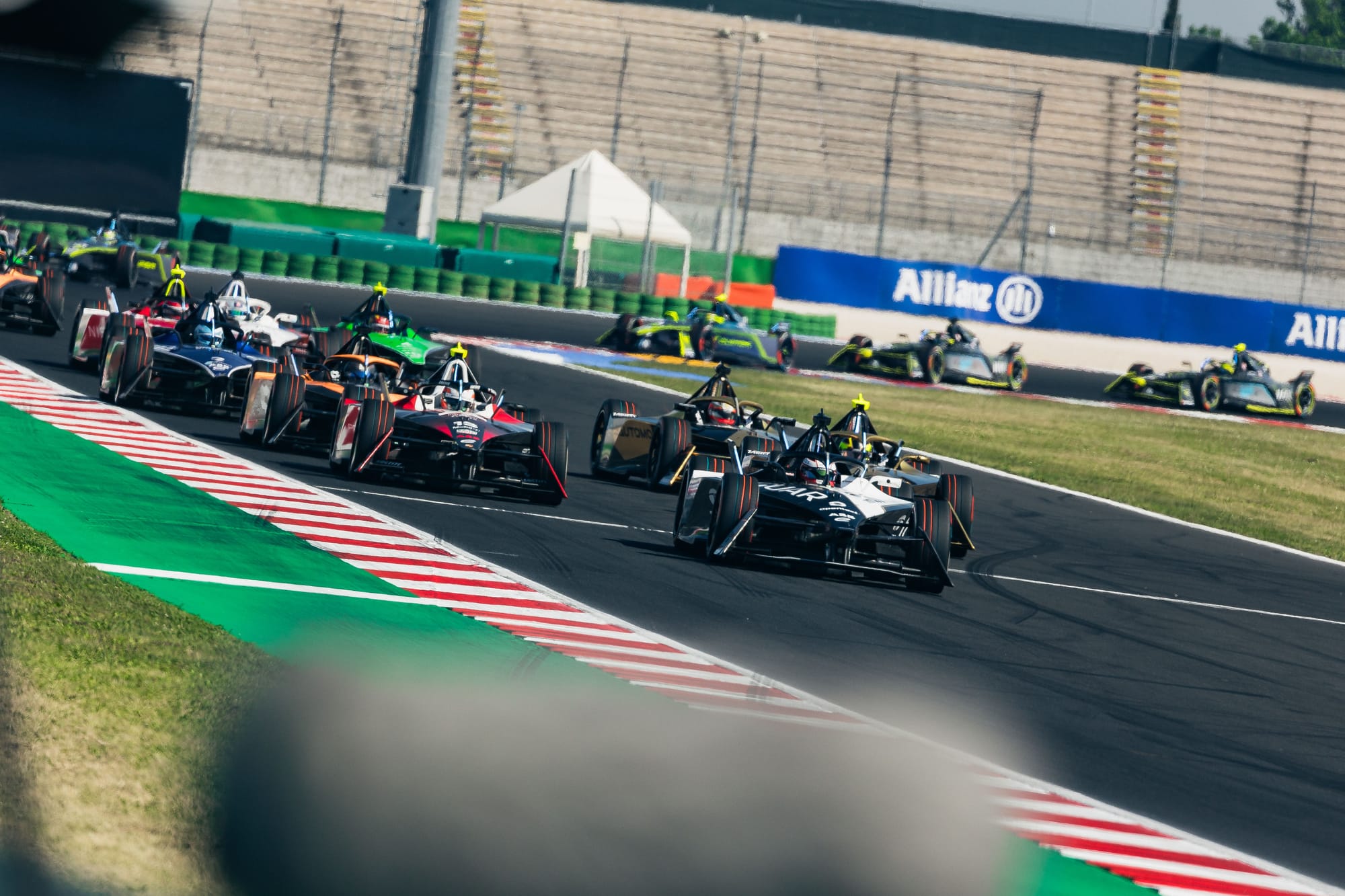
It has also been revealed that FIA technical delegates have carried out random checks on the throttle spring on at least one post-race occasion this season. This was after the first Diriyah e-race in January. No checks on the throttle damper spring were announced last season after the races.
In addition, the race also discovered that in addition to the mandatory first three cars inspected after yesterday's Misano E-Prix, the Porsche 99X Electric driven by 16th-placed Pascal Wehrlein was also inspected, and was found to have the same old spring in his car. car, although he avoided penalty because it was not an official top-three technical inspection.
Performance advantage or not?
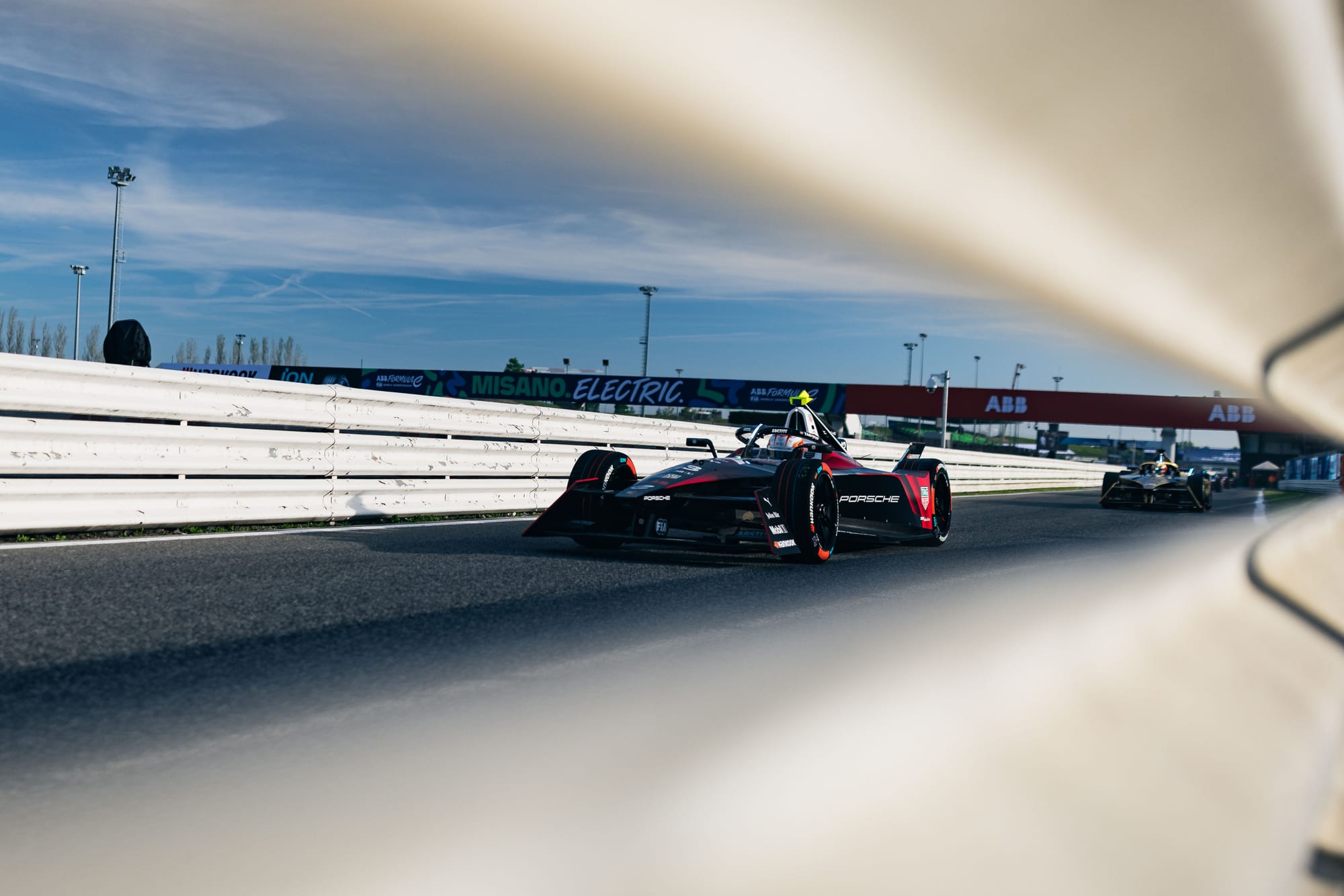
There are believed to be subtle differences between Gen2 and Gen3 springs. Ultimately, the spring returns the throttle back after it is depressed meaning there is no performance advantage in operating it. This was also clearly reflected in the host's decisions last night.
However, some teams competing on The Race have suggested that the finer details of the spring could be useful for certain styles of driving, including lifting and steering, a skill intrinsic to Formula E – and they were particularly so at Misano.
However, this is also disputed by other high-profile technical figures in the paddock, including, of course, Porsche.
The painful history of Porsche's punishment
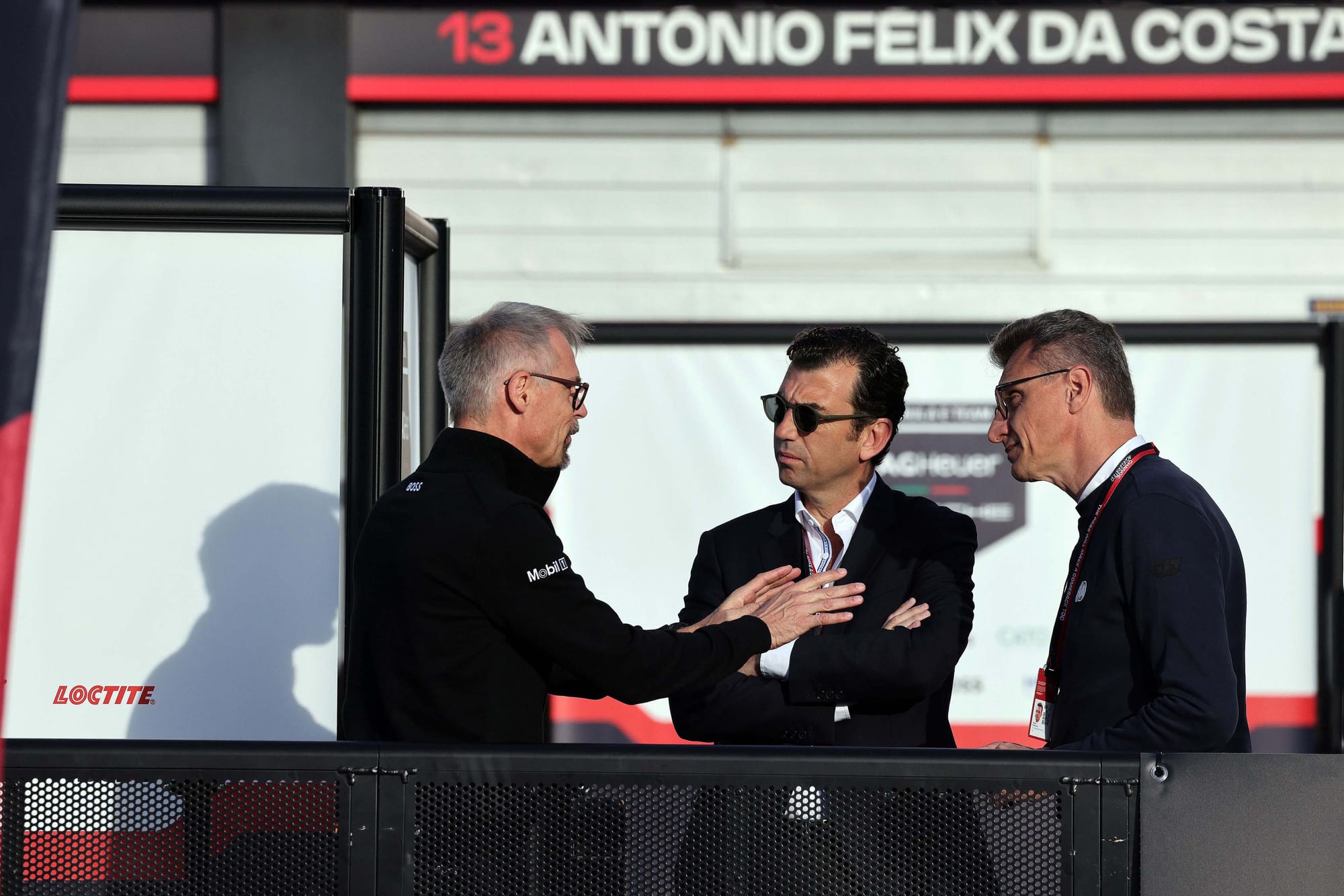
Without wanting to enter the realm of conspiracy theories, Porsche and the FIA have faced several serious flashpoints recently.
At the 2021 Puebla E-Prix in Mexico City, Pascal Wehrlein was stripped of what would have been his first E-Prix win, when the team was penalized for an administrative error in tire allocation before the race.
Last summer in London, when Antonio Felix da Costa lost second place due to a flat Hankook tire damaged by another car, the case reached the International Court of Appeal, which upheld the penalty.
Then, in the first round of the current season in Mexico, Porsche crashed after Wehrlein's victory due to a suspected launch control assist. This was not proven and the investigation was halted.
Porsche is tight-lipped about making much public comment on the disqualification, as it evaluates legal channels over the next 96 hours – when it could file a formal appeal.
“From our point of view, it was a win for Antonio, a driver who had a great race, without any performance advantage on track, and we will therefore evaluate whether to file an intention to appeal. We are now checking lawyers and review our internal processes.”
However, later speaking to Formula E television coverage ahead of Sunday's qualifying, Modlinger told reporter Nicky Shields that the penalty was “a big loss for us, but also for the sport and for Formula E in general because these consequences are really harsh.”
“We have a little impression and feeling that not all teams are treated equally. That is our personal impression. For the FIA World Championship, it must be ensured, also for the future, that all teams are treated equally and with the same approach.” .
Do penalties accumulate?
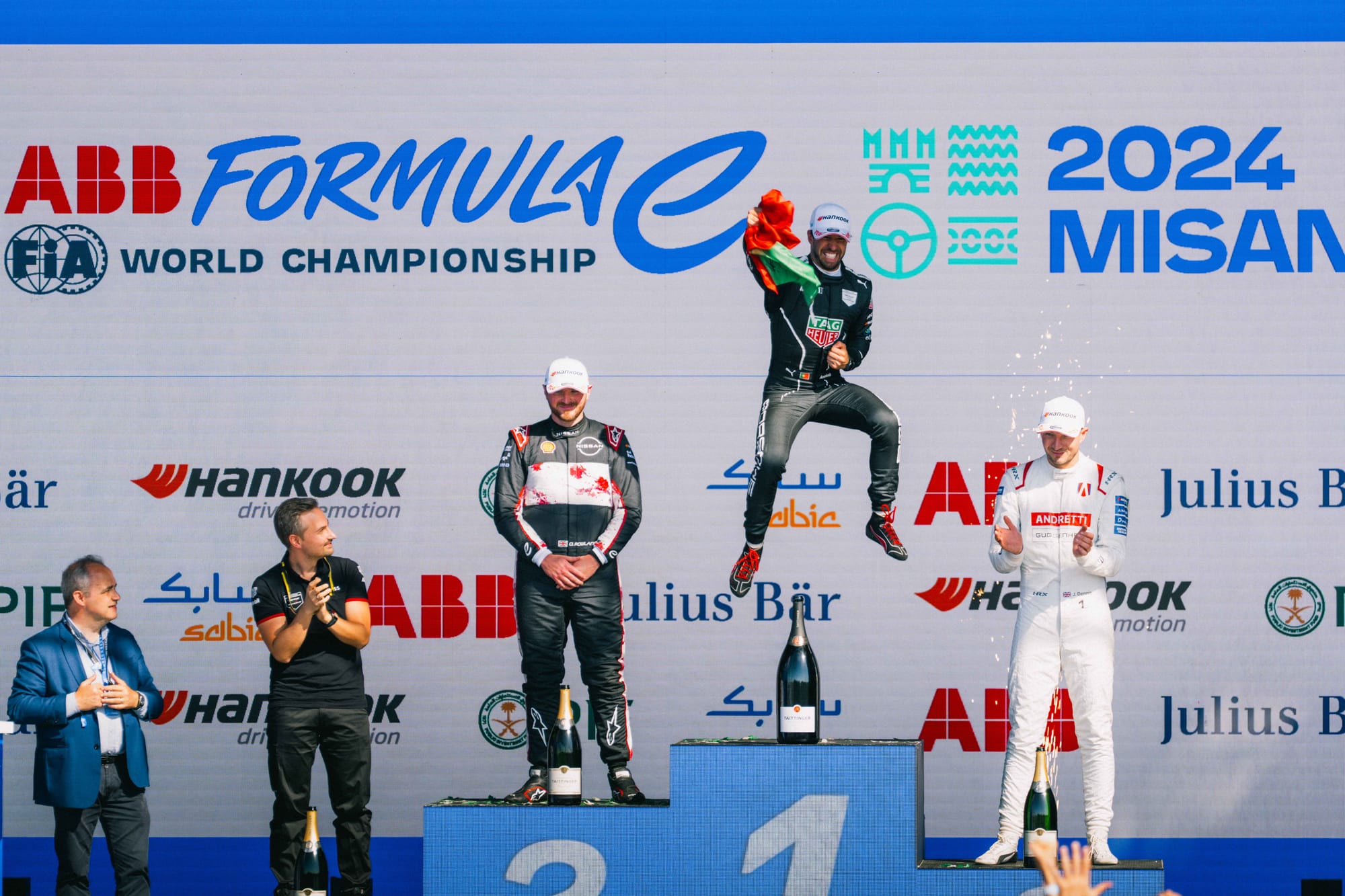
Even if there was no performance advantage, this spring was no longer allowed in the official Spark catalog and the exclusion was unfortunately for Porsche and da Costa inevitable via international sporting law, which the stewards pointed out.
A compliance violation in a vehicle's components is ultimately a black-and-white disqualification through the set of penalties used at the ISC.
However, there are case studies from Formula E's past that both support and contradict the decision to implement da Costa's disqualification yesterday.
At the Hong Kong ePrix in December 2017, Daniel Abt lost his victory after six hours of racing due to an administrative error by the Audi Abt team.
However, a few months later at the Santiago E-Prix it emerged that the Techeetah team, after scoring what was then its first ever 1-2 in Formula E, was using its own alternative system for quick-release and fastening of the driver's seatbelts while changing from a Gen1 car To another at mandatory stopping points. The penalty for this clear performance advantage was a fine of €15,000 per car while the team kept the race result on that occasion.
Compared to the Porsche/Da Costa position, the Techeetah incident in Chile was seen as a team issue, and not related to the race run by Jean-Eric Vergne or André Lotterer. Couldn't this apply to Da Costa in Misano?
There could be debate over whether da Costa should have received a penalty for the team's error – where an incompatible part was fitted to the car – or the FIA should have settled on a fine and other penalty outside the scope of a total disqualification.
Ultimately, though, the hosts have a framework to use across the ISC.
Optics and potential ramifications
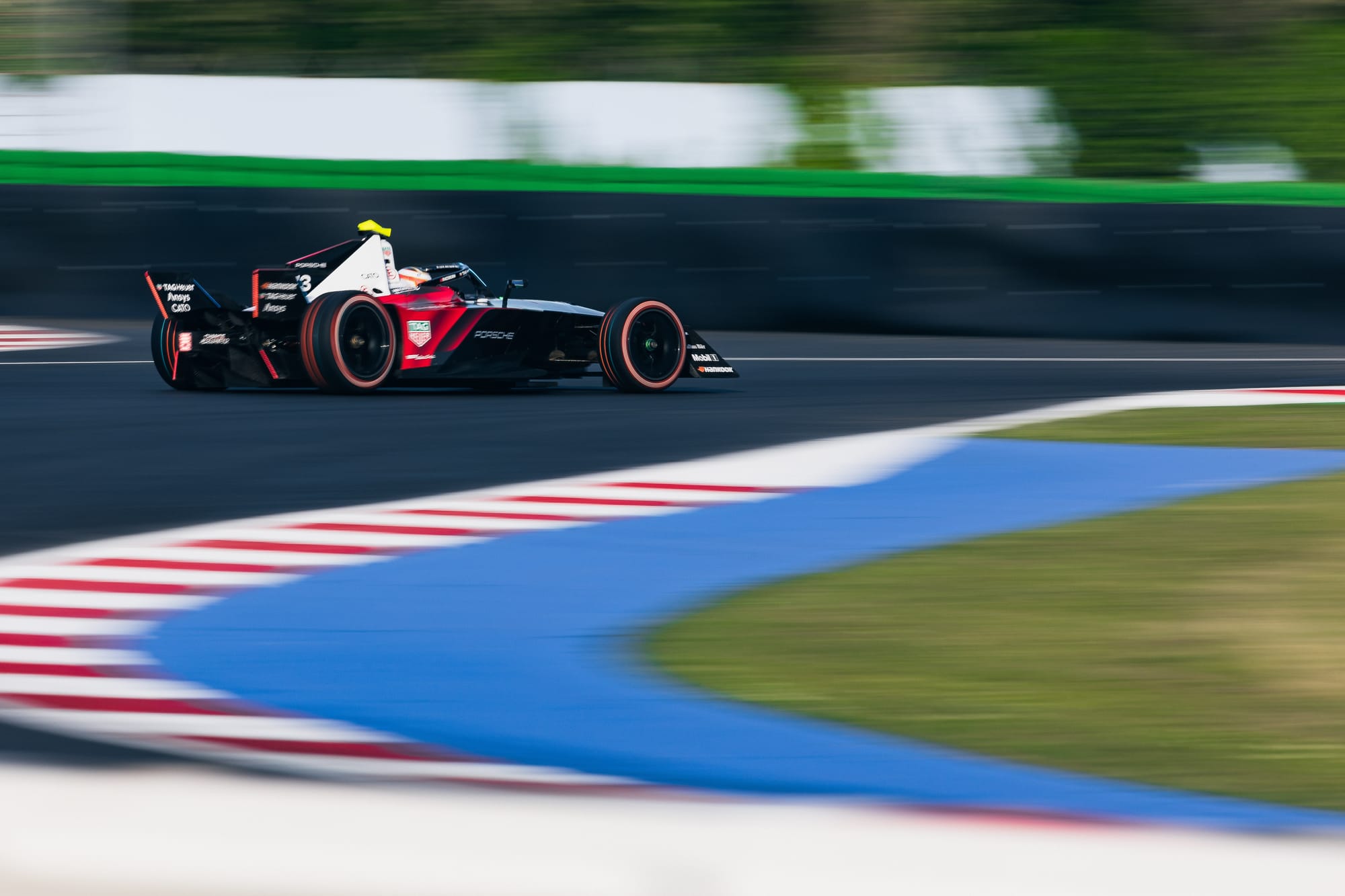
Another flashpoint between the FIA and Porsche will be forgotten, in the short term, as Sunday's Misano E-Prix focuses on everyone's minds.
But a potential legal challenge through appeal and possible prosecution to the International Court of Appeal may also unfold.
More serious may be the ramifications for Porsche's medium- and long-term future in Formula E. This is a critical time for Formula E in ensuring that existing and potential future OEMs solidify their commitments to the Gen4 era from 2026 onwards.
While there is no indication that he will have an immediate impact on the decision, it would likely not be helpful for Thomas Laudenbach to report to his superiors at board level.
From a promoter's perspective, there was a mix of emotions around the issue with Formula E chief executive Geoff Dodds telling The Race he had “three emotions last night as things unfolded”.
“Not necessarily in that order, but I had a kind of human feeling as someone who knows Antonio and has seen what has been published in the press over the past week about the speculation about him and knows how good he is at driving a car.
“I felt physically sick for him because I know what it would have meant to him to stand on the podium yesterday.
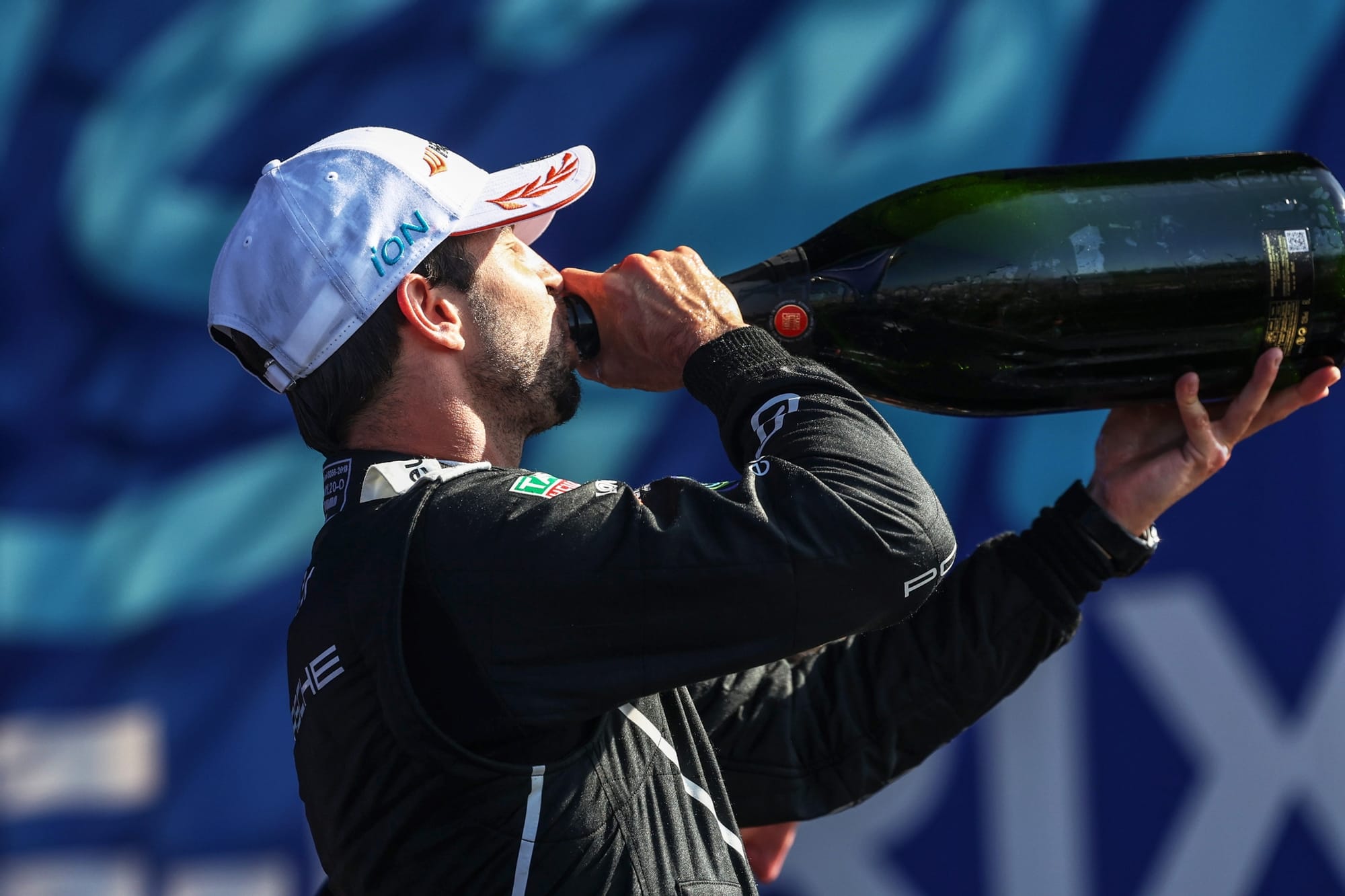
“Then there's the second part, what was it like as a CEO and promoter?
“Nobody wants to run a race, get on the podium, jump in the pool and then hours later have this change. I don't think that's a good look for any sport if that happens, and it happens in a lot of sports.
“We are a high-tech sport and then there is the question of ‘what can you do?’ Ultimately, Porsche may appeal, and I suspect they will look to appeal.
“It is then up to the FIA to decide what the penalty will be.
“We can debate all day whether it should be a disqualification or it should be a time penalty or what the penalty should be, this is part of the work that we rely on the FIA to do because they are the regulators of the sport and it is their job to maintain integrity. In this sport.
“But when you put it all together, I still feel sorry for Antonio. I don't envy the FIA's attitude and, for us, it's not a great look for the sport.




